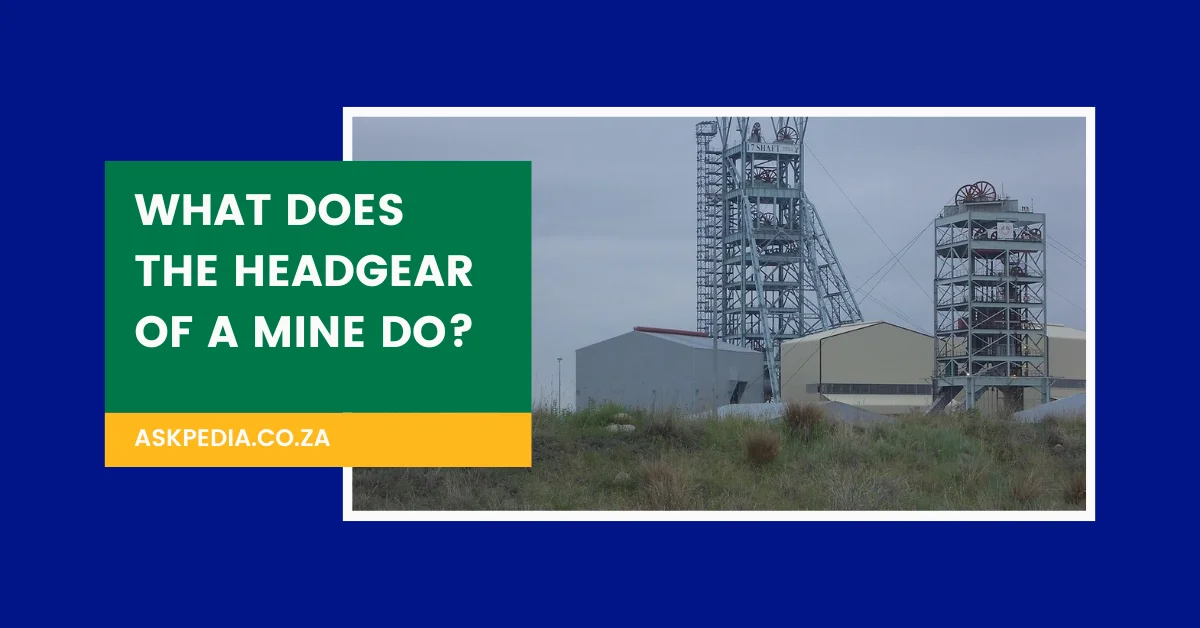In the depths of underground mines, where miners brave treacherous conditions to extract valuable resources, a towering structure stands as a testament to the ingenuity of engineering – the mine headgear. This imposing yet essential piece of infrastructure plays a pivotal role in ensuring the safe and efficient transportation of materials, personnel, and equipment within the confines of the mine shaft.
What Does The Headgear Do?
The primary purpose of mine headgear is to provide structural support and stability for the hoisting cables or ropes that facilitate the movement of materials and workers between different levels of the underground mine. Acting as a robust anchor point, the headgear bears the immense weight of the loads being raised or lowered, allowing for seamless and secure vertical transportation within the shaft.
Beyond its primary function, mine headgear serves as a critical safety measure, protecting miners from potential hazards associated with the hoisting process. Its sturdy construction ensures that the cables or ropes remain securely in place, reducing the risk of accidents caused by cable snapping or load shifting. Furthermore, the headgear’s design often incorporates safety mechanisms, such as braking systems and overwind protection devices, to prevent catastrophic failures and enhance overall operational safety.
Types Of Headgears Used At Mines
The design and construction of mine headgear can vary significantly depending on the specific mining operation and the site’s unique characteristics. Two common types of headgear are:
- Steel Frameworks: These robust structures, composed of intricately engineered steel components, have been widely used in mining operations for centuries. Known for their durability and resistance to harsh weather conditions, steel frameworks offer a cost-effective solution, albeit with challenges in maintenance and repairs.
- Concrete Towers: Advancing technology has paved the way for the construction of sturdy concrete towers as an alternative to traditional steel frameworks. These imposing structures offer improved safety measures and more efficient hoisting capabilities, enabling the transportation of larger loads while reducing overall costs. However, their installation can be time-consuming, with setup periods ranging from several weeks to several months, depending on the project’s scale.
Conclusion
In the ever-evolving landscape of underground mining, the significance of mine headgear cannot be overstated. This towering structure stands as a testament to human ingenuity, enabling the safe and efficient transportation of materials, equipment, and personnel deep within the earth’s depths. As mining operations continue to advance, engineers and designers strive to create innovative solutions, addressing the pressing needs of miners while prioritizing safety and cost-effectiveness. The headgear remains an indispensable component, ensuring that the valuable resources we rely upon can be extracted from the depths with the utmost care and precision.
